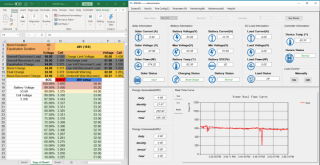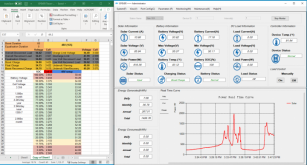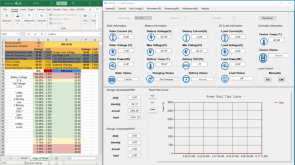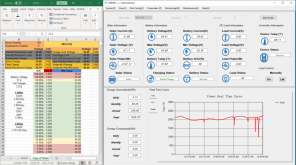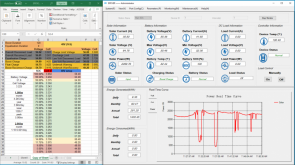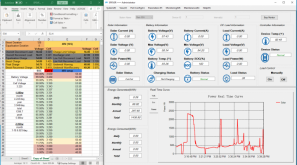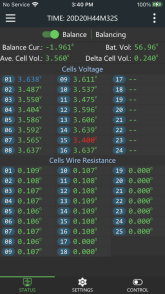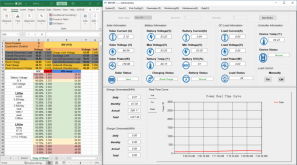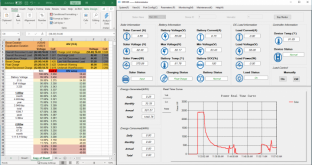I'll be very interested in performance tomorrow. Maybe it's ok now? I sure hope so. The controller stayed in float until the panels cut out, never returning to boost like usual. I top balanced to 2mv delta prior to putting in service. Was a bit OCD about it as many sources online stress near perfect top balance as a substitute for a BMS. I don't trust things to just "work" (clearly, HA) so I have a 2A active balancer connected; drilled and soldered the leads directly to the busbars. I have left it turned off and am using it as a cell gauge to monitor cell voltages only. When at the bottom end of the charge, the pack went out of balance by about 50mv, but I let that go, noted the lowest <5mv delta voltage, then called that "empty", 48.2v. Throughout the charge cycles since, the delta varies between 0-6mv, but couldn't correlate any specific voltage to a higher delta, so have assumed its normal variability. My cell wire resistance is between .106 and .109 ohms so a small variability in delta is to be expected. It actually ran much closer to dead even then I expected so have been quite pleased, with no need for activating the balancer. In fact, just prior to exceeding 3.5 on the highest cell, I had a delta of 8mv which was the highest i had seen since the initial balance (above 48.2v). Once the cells got above 3.5v, the delta started growing, getting increasingly worse until the first cell went over, then it started going way out of balance (>200mv delta). Shutting down the panels and using the active balancer brought the high cells down very quickly, just minutes, with the delta decreasing more slowly along the way (as expected). by 3.5v, the delta was around 50mv, so I started up the panels again, let them run until the highest cell was ~3.6v with the balancer running, then shut them back down and let the balancer continue. Below 3.5 and fire them back up... lather, rinse, repeat about 20 times. Charge stopped about an hour and a half ago and I am at 53.20v with a 2mv delta on the balancer. Controller says 53.11v. I may see a better top end performance tomorrow, or that might have been a waste of effort. Guess we'll see. I did have the best solar day ever with 13.19KW even with all the on and off from 3-6pm so that's something anyway. Pic of my battery attached. Old sealed lead acid bank below.



